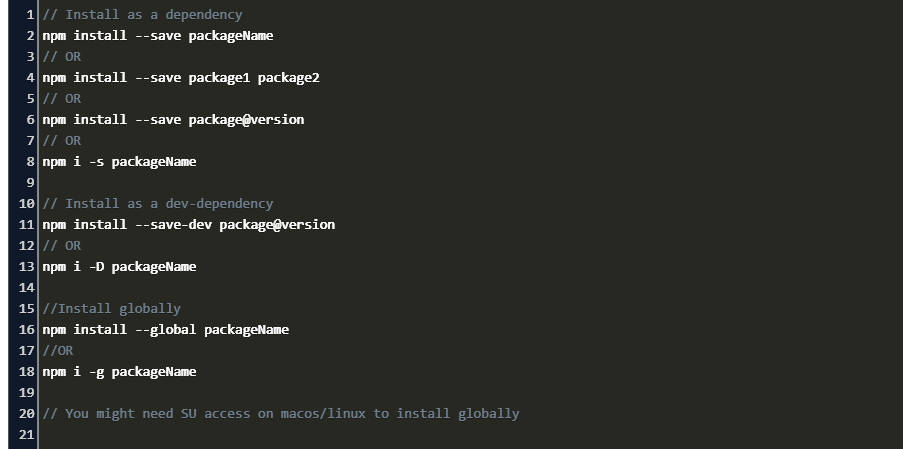

Resolve is the main one, and is supported out-of-the-box thanks to the help of Jordan Harband. Three major implementations exist, more might also hide from a project to another: So enabling PnP isn’t complicated at all - what might be an issue are third-party packages that reimplement the Node resolution themselves. You can try it right now by running yarn -pnp in your project, which will enable the settings and run the install in the same pass! pnp.js instead of the node_modules megafolder.

yarn install -link-duplicatesĬreate hardlinks to the repeated modules in node_modules.From now on each time you’ll run yarn install Yarn will create a single file named. Prevent yarn from creating symlinks for any binaries the package might contain.
YARN INSTALL WEBPACK 4.4.0 UPDATE
(This may change in a later update as the feature is proven to be stable.) yarn install -no-bin-links Unlike npm, which automatically runs an audit on every install, yarn will only do so when requested.

Use the yarn audit command for additional details. A count of found issues will be added to the output. yarn install -auditĬhecks for known security issues with the installed packages. Update checksums in the yarn.lock lockfile if there’s a mismatch between them and their package’s checksum. yarn install -non-interactiveĭisable interactive prompts, like when there’s an invalid version of a dependency. yarn install -ignore-optionalĭon’t install optional dependencies. Run yarn install without printing installation log. yarn install -frozen-lockfileĭon’t generate a yarn.lock lockfile and fail if an update is needed. Can not be run in a non-workspaces project or at the root of a workspaces project. Must be run inside an individual workspace in a workspaces project. This allows you to run that workspace without building the other workspaces it depends on. Shallowly installs a package’s sibling workspace dependencies underneath its node_modules folder. yarn install -pure-lockfileĭon’t generate a yarn.lock lockfile. Notes: -production is the same as -production=true. Use this flag to instruct Yarn to ignore NODE_ENV and take its production-or-not status from this flag instead. Yarn will not install any package listed in devDependencies if the NODE_ENV environment variable is set to production. yarn install -no-lockfileĭon’t read or generate a yarn.lock lockfile. Specifies an alternate location for the node_modules directory, instead of the default. yarn install -ignore-scriptsĭo not execute any scripts defined in the project package.json and its dependencies.

To investigate network performance, and can be analyzed with tools such as Network requests performed during the installation. This refetches all packages, even ones that were previously installed. These will be added to your package.json under a On the first run this will prompt you toĬhoose a single version for each package that is depended on at multiple Install all the dependencies, but only allow one version for each package. Verifies that already installed files in node_modules did not get removed. If you want to ensure yarn.lock is not updated, use -frozen-lockfile. If yarn.lock is absent, or is not enough to satisfy all the dependencies listed in package.json (for example, if you manually add a dependency to package.json), Yarn looks for the newest versions available that satisfy the constraints in package.json.If yarn.lock is present and is enough to satisfy all the dependencies listed in package.json, the exact versions recorded in yarn.lock are installed, and yarn.lock will be unchanged.The yarn.lock file is utilized as follows: Install all the dependencies listed within package.json in the local If you need reproducible dependencies, which is usually the case with the continuous integration systems, you should pass -frozen-lockfile flag. Running yarn with no command will run yarn install, passing through any provided flags. These have been replaced by yarn add and yarn add -dev. If you are used to using npm you might be expecting to use -save or
YARN INSTALL WEBPACK 4.4.0 CODE
This is mostĬommonly used when you have just checked out code for a project, or whenĪnother developer on the project has added a new dependency that you need to Yarn install is used to install all dependencies for a project.


 0 kommentar(er)
0 kommentar(er)
